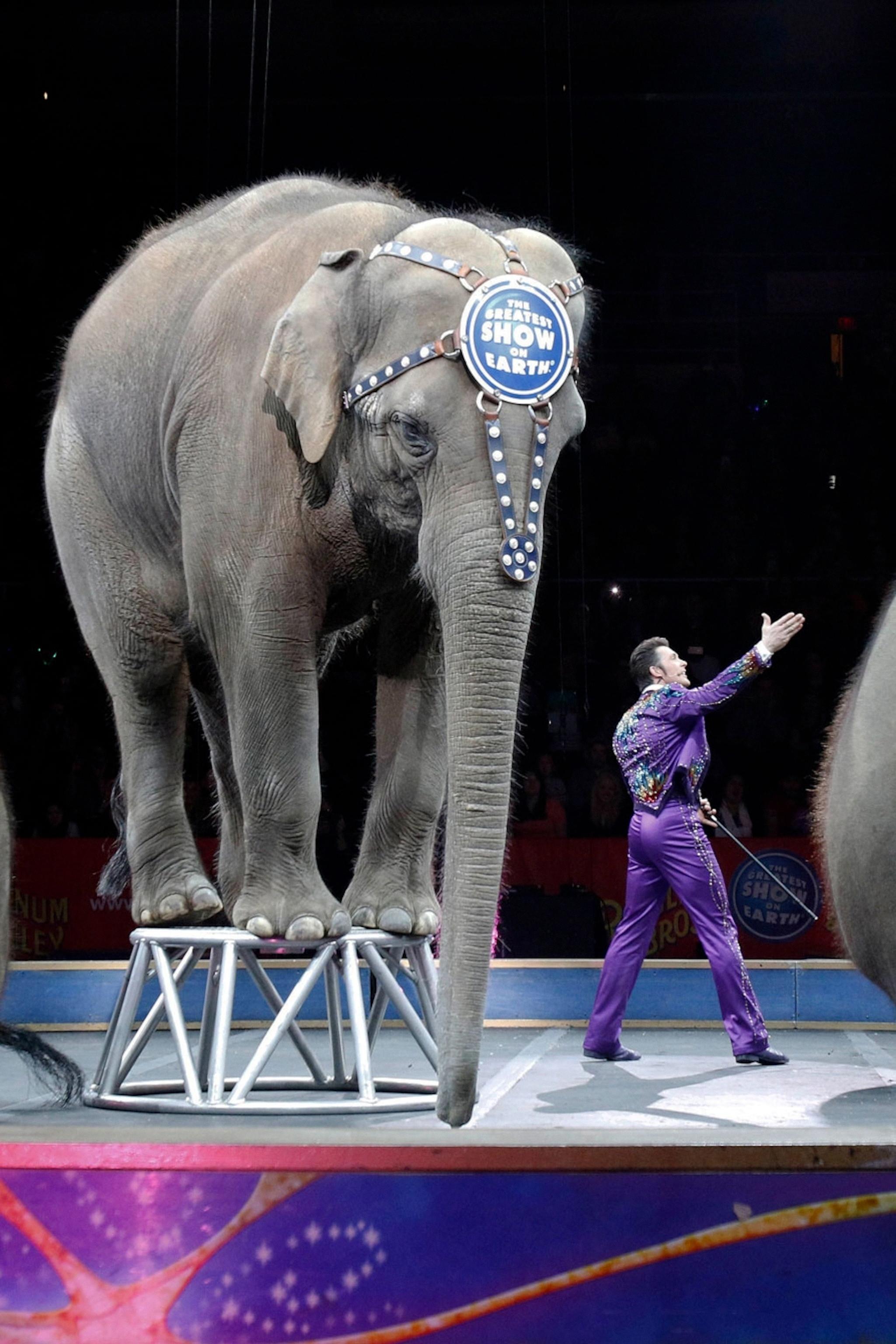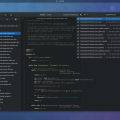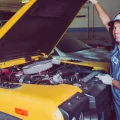If you’ve ever been to the circus, you know that it’s filled with amazing performers and animals. From acrobats to clowns, these performers make the circus a magical event for everyone. But what do we really know about the people behind the scenes? Let’s take a closer look at some of the different types of circus people you might encounter.
Acrobats are an essential part of any circus show. They perform high-flying feats that require strength, agility and balance. Acrobats may perform on a trampoline, bars or even in aerial acts such as trapeze. They often work in teams to create spectacular shows that captivate audiences with their daring stunts and amazing grace.
Animal trainers are responsible for training and caring for the animals used in circus performances. This requires patience and skill as they must be able to control the animals withot scaring them or causing them harm. Animal trainers also have to make sure that all safety regulations are followed during performances so that both performers and audience members remain safe throughout the show.
Clowns are one of the most beloved parts of any circus performance! Clowns often provide lighthearted comic relief between acts while also performing their own stunts such as tumbling or juggling. Some clowns even specialize in balloon art or magic tricks!
Musicians provide accompaniment to many acts, providing background music and sound effects that bring each act to life. They often work closely with other performers to create an atmosphere for each act that is both entertaining and engaging for audiences.
No matter what type of performer you encounter at the circus, each one has gone through rigorous training in order to perfect their craft and provide audiences with exciting entertainment! So next time you attend a circus performance, take a moment to appreciate all of the hard work these talented performers put into making your experience truly unforgettable!
The Role of Circus Staff
Circus staff typically include a variety of performers, technicians, and other professionals. Performers can range from clowns to acrobats, magicians to aerialists, animal trainers to jugglers, and many more. Technicians are responsible for the rigging and operation of the circus equipment, including lights, sound systems, and rigging for aerial acts. Other staff members may include cooks and caterers who prepare meals for the performers or concession workers who sell food during shows. There is also usualy a ringmaster or ringmistress presiding over performances as the master of ceremonies.

Source: actorsgymnasium.org
The Most Famous Circus Performer
The most famous circus performer of all time is undoubtedly Jumbo the Elephant. He was born in 1861 and was the world’s largest elephant at the time. His fame began when he was purchased by a showman named P.T. Barnum, who made him one of the stars of the Barnum & Bailey Circus. Jumbo was renowned for his intelligence, strength, and size, and he performed a variety of tricks such as dancing and playing ball with his trainer. Jumbo even developed an affinity for children, allowing them to ride on his back during performances. He became so popular that his name become synonymous with anyting large or impressive in size, leading to phrases like ‘It’s a jumbo!’ His legacy lives on today, with various circuses using elephants as part of their acts and numerous monuments dedicated to him around the world.
Types of Positions in a Circus
In a circus, there are a variety of positions available, depending on the show and its performers. For example, there may be clowns and acrobats performing various tricks and stunts. Acrobats may specialize in any one of the many circus skills, such as acrobalance, acrobatics, acro dance, adagio, aerial hoop, aerial silk or aerial straps. Animal training is also a popular circus skill and may involve horses or other animals performing tricks or routines in the ring. Additionally, there may also be jugglers and contortionists who manipulate their bodies into amazing shapes. Other roles in a circus migt include strongmen who lift heavy weights and fire breathers who demonstrate their daring skills with fire and smoke. Finally, some circuses may also include magicians who perform feats of illusion with sleight of hand or optical illusions.
The Role of Circus Entertainers
Circus entertainers provide a wide range of performances for circus audiences. Musicians often play a variety of drums, horns, and other instruments to create an exciting atmosphere. Animal trainers use a combination of reward-based training and positive reinforcement to teach animals tricks and stunts that delight the audience. Athletes display their agility and acrobatic skills by performing daring flips, tumbles, and jumps. Clowns provide comedic relief with slapstick routines, silly jokes, and visual gags. All in all, circus entertainers strive to provide a unique experience of fun and entertainment to audience members of all ages.
Members of the Circus
The members of the circus are a diverse group of performers who come together to create a unique and entertaining show. This includes clowns, acrobats, trained animals, trapeze artists, musicians, dancers, hoopers, tightrope walkers, jugglers, magicians, ventriloquists and unicyclists. Additionally, other object manipulation and stunt-oriented artists may be employed depending on the specific show. All of these performers collaborate to create an exciting and memorable experience for the audience.

Source: nationalgeographic.com
Alternative Names for Circus
Another name for a circus is a carnival. A carnival is typically defined as an event that includes a variety of activities, such as rides, games, and live entertainment. Carnivals can include elements of a circus, such as acrobats, clowns, and animal acts. They can also feature food vendors, live music or DJs, and other attractions like fortune tellers and haunted houses. In some cases, they may also include larger-scale performances such as concerts or theater productions. Other names for a circus include fairs, festivals, cabarets, amphitheaters, cirques, hippodromes, arenas, bazaars, kermises and rings.
Do Freak Shows Still Exist Today?
Yes, freak shows still exist in some form today. While the freak show of old often featured performers with physical anomalies and disabilities, modern-day freak shows focus more on extreme body modifications (such as tattoos and piercings) or incredible physical feats (such as fire-eating and sword-swallowing). These performers are celebrated for their unique abilities and their dedication to their craft, rather than being ridiculed for their differences. While the nature of modern-day freak shows may be different from those of the past, they still represent a celebration of the unusual and unexpected.
The Most Famous Circus in the World
The Ringling Bros. and Barnum & Bailey Circus is widely regarded as the most famous circus in the world. Founded in 1871, the circus was originally known as ‘Ringling Bros. and Barnum & Bailey Combined Shows’ and later became known as ‘The Greatest Show on Earth’. The circus was renowned for its colorful performances, featuring acrobats, trapeze artists, clowns, animal acts and more. It was often referred to as a ‘three-ring extravaganza’ due to its massive size. After 146 years of operation, the iconic ‘Greatest Show on Earth’ closed down in 2017 due to declining ticket sales and increasing costs. The circus will forever be remembered for its spectacular performances and its part in popularizing circuses all over the world.
Organizing a Circus
The person in charge of organizing a circus is typically known as the Ringmaster. The Ringmaster is responsible for overseeing the entire production, from hiring performers to setting up tents and selling tickets. They are also often tasked with announcing each act and ensuring that everything runs smoothly throughout the show. The Ringmaster usually has previous experience in the circus industry, so they can provide guidance and ensure safety standards are met. Additionally, they often have a unique wardrobe that helps them stand out from the performers, making them easily identifiable as the leader of the circus.
What Do Performers Do?
Performers bring scripts and stories to life through teir acting, singing, and dancing. They portray characters in theatrical performances, films, television shows, and other media. To do this, performers must be able to take direction from the creative team behind the project and adhere to the character’s motivations and personality. This includes researching the character’s background, familiarizing themselves with their lines, blocking movements on stage or set locations for scenes, and developing a strong understanding of the character’s motivations for their behavior. Performers must also practice their lines and movements so that they can perform them accurately and fluidly. Additionally, performers must be able to interact with fellow cast members in a professional yet creative manner in order to create a cohesive performance that resonates with audiences.
Accommodations for Circus Performers
Circus people in Gibsonton, Florida stay in a variety of places, ranging from traditional houses and mobile homes to quirky dwellings like the ones they build themselves. Many of the residents own their own homes, while others live in temporary housing provided by the local government or private businesses. For those who don’t have a permanent residence, there are also several RV parks and campgrounds in the area where they can stay. Additionally, some of the performers rent out space on their own property, allowing oher circus folks to stay with them. No matter where these individuals live, however, it’s clear that Gibsonton is an ideal place for circus performers to call home.
Becoming a Circus Freak
Becoming a circus freak requires a great deal of hard work, dedication, and training. To become a successful circus freak, you’ll need to hone your performing skills and learn the necesary tricks. It is important to get experience in front of large crowds, as well as continue to take classes and practice on a regular basis. It may be useful to find an experienced mentor who can help you develop your craft.
To start, it is important to identify which type of circus art you are interested in developing. Once you have chosen the discipline (such as acrobatics, contortion, juggling, etc.), begin researching different tricks and techniques related to that art form. Make sure that you understand the safety protocols for each trick before attempting it yourself. You may want to join classes or find an experienced mentor who can help teach you the basics and offer guidance as you progress.
Additionally, it is important to practice regularly in order to master each skill and performance routine. You should also strive for consistent improvement by challenging yourself with new tricks and complex routines so that your act evolves over time.
In addition to becoming proficient in your craft, it is also important for circus performers to build their stage presence by learning how to connect with audiences and create an unforgettable performance experience. This can include honing your public speaking skills or developing a unique costume or character that will make your show stand out from the rest.
At the end of the day, becoming a successful circus freak takes years of hard work and dedication – but if done correctly, it can be an incredibly rewarding experience!
Life in the Circus: A Behind-the-Scenes Look
Life in the circus is often a unique and rewarding experience – one that can be both hectic and exciting. From the moment you wake up, the day is already in motion. You live, work, and eat with your family, who are never more than a few hundred feet away from you. Working together as a team is essential for success in the circus, and each person has their own role to play.
In the morning, duties such as feeding animals or helping to set up the stage are performed while everyone works together to get ready for the show. During performances, everyone cheers on their fellow performers and show their support to one another. Afterward, there is usually some time for relaxation before starting to break down equipment or clean up after a show.
The circus provdes an environment where kids can learn good work ethics early on. Everyone has chores or duties that must be performed daily – which helps teach responsibility and accountability. Even though it requires hard work, life in the circus can be incredibly rewarding and full of fun memories that will last a lifetime!
Conclusion
In conclusion, circus people are a diverse and entertaining group of performers that come together to provide audiences with an unforgettable experience. From musicians and animal trainers to athletes and clowns, each circus performer contributes something special to the show. They work hard to create a unique and captivating atmosphere that brings joy and wonderment to all who attend. With their skillful execution and creative flair, circus people have earned the admiration of generations of fans aroud the world.












